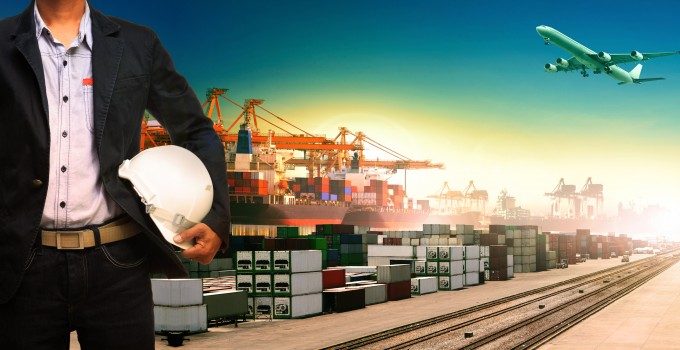Supply chain radar: The drama unfolds – spare a thought for the shippers
For a raft of investors, the most pressing question in 2021 so far has been ...
WTC: RIDE THE WAVEFDX: TOP EXEC OUTPEP: TOP PERFORMER KO: STEADY YIELD AND KEY APPOINTMENTAAPL: SUPPLIER IPOCHRW: SLIGHTLY DOWNBEAT BUT UPSIDE REMAINSDHL: TOP PRIORITIESDHL: SPECULATIVE OCEAN TRADEDHL: CFO REMARKSPLD: BEATING ESTIMATESPLD: TRADING UPDATEBA: TRUMP TRADE
WTC: RIDE THE WAVEFDX: TOP EXEC OUTPEP: TOP PERFORMER KO: STEADY YIELD AND KEY APPOINTMENTAAPL: SUPPLIER IPOCHRW: SLIGHTLY DOWNBEAT BUT UPSIDE REMAINSDHL: TOP PRIORITIESDHL: SPECULATIVE OCEAN TRADEDHL: CFO REMARKSPLD: BEATING ESTIMATESPLD: TRADING UPDATEBA: TRUMP TRADE

Liner industry expert Lars Jensen uses his latest Splash247 opinion piece to explain why shippers need not be afraid of the forthcoming low sulphur regulations and the predicted increases in fuel costs. With carriers far more transparent in the way they calculate bunker adjustment factors (BAFs) than they were in the past, particularly with the new fuel rules net year, what shippers who want to limit their additional costs need to do is monitor carriers’ respective sensitivity to bunker costs: “All it requires for a shipper to pursue such a strategy is to develop an internal BAF risk management tool to quantify the exposure to BAF sensitivity across tradelanes, as well as a willingness, and ability, to shift a certain portion of the cargo between carriers.”


Comment on this article